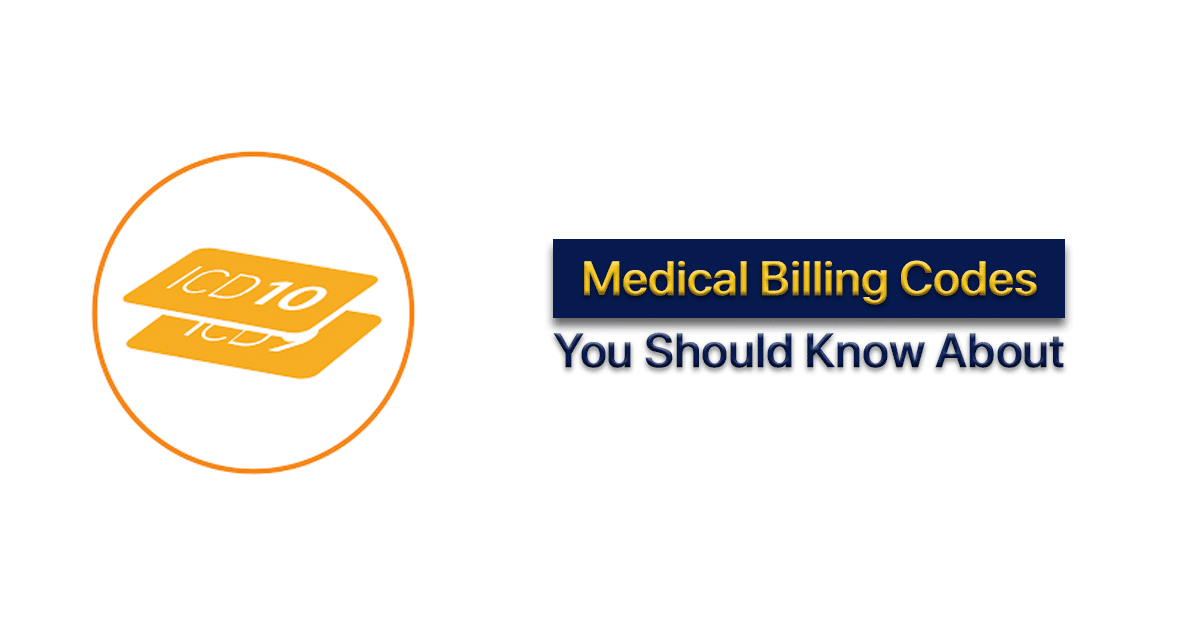Physicians need to keep their billing and coding right to ensure seamless reimbursements from payers. Similarly, they should stay updated with the latest coding changes to keep their revenue cycle intact. In addition, running a successful medical practice is a daunting task as the providers need to stay updated with the industry guidelines. The year 2023 is bringing changes in medical codes to help providers reduce their burden and streamline patient care. So, providers need to stay focused on the coding changes as it impacts physician billing revenue cycle substantially. This article shares some insights on the latest coding changes and how physicians can navigate their medical bills to stay financially successful in the modern healthcare industry.
The healthcare industry is continuously evolving and providers need to stay updated with the latest billing and coding changes. In addition, there are some coding changes in 2023 that hospitals and physicians need to cater to when billing for services. The American Medical Association (AMA) announces E/M coding changes for 2023 aimed at reducing the administrative workload of physicians and practice staff to avoid burnout. The latest CPT code set update brings changes, deletions, and mergers of some medical codes. Further, the changes will affect inpatient and observation care, emergency, nursing facilities, home and residence services. Other than this, some changes in the AI-based solutions used in the healthcare industry and some updates in Medicare payments with respect to chronic care and telehealth services.
Related Articles:
|
Let’s see into detail what these changes are and how they impact healthcare providers.
Changes to E/M Codes
Medical practitioners use CPT codes to document the visits of patients and all the rendered services. In addition, these codes help providers submit claims to payers and get paid for services. The CMS has updated the medical coding and documentation requirements to address the administrative workloads of physicians.
There are a substantial number of changes in the E/M codes to make sure the practices streamline their administrative work. Here is the detail of the coding changes:
Inpatient And Observation Care Services
- Deletion of Hospital Observation Services E/M codes 99217-99220
- Revision of Hospital Inpatient and Observation Care Services E/M codes 99221-99223, 99231-99239 and guidelines
Consultations
- Deletion of Consultations E/M codes 99241 and 99251
- Revision of Consultations E/M codes 99242-99245, 99252-99255 and guidelines
Emergency Department Services
- Revision of Emergency Department Services E/M codes 99281-99285 and guidelines
Nursing Facility Services
- Deletion of Nursing Facility Services E/M code 99318
- Revision of Nursing Facility Services E/M codes 99304-99310, 99315, 99316 and guidelines
Home And Residence Services
- Deletion of Domiciliary, Rest Home (e.g. Boarding Home), or Custodial Care Services E/M codes 99324-cpt code 99238, 99334-99337, 99339, 99340
- Deletion of Home or Residence Services E/M code 99343
- Revision of Home or Residence Services E/M codes 99341, 99342, 99344, 99345, 99347-99350 and guidelines
Prolonged Care Services
- Deletion of Prolonged Services E/M codes 99354-99357
- Revision of guidelines for Prolonged Services E/M codes 99358, 99359, 99415, 99416
- Revision of Prolonged Services E/M code 99417 and guidelines
- Establishment of Prolonged Services E/M code 993X0 and guidelines
Taxonomy for Artificial Intelligence
The E/M code set for 2023 includes a new appendix for artificial intelligence and its applications. The AMA believes that this will guide how AI-based medical services and solutions based on machine learning and other algorithms will be classified. The taxonomy classifies AI-enabled systems as assistive, augmentative, or autonomous.
Medicare Payments Changes
CMS has announced that there will be a separate coding for chronic care management services. Also, the healthcare professionals who can provide this care are also defined by CMS. In addition, the new HCPCS codes will be used to report chronic care services according to the CMS. Similarly, there are additions in the list of telehealth services offered to patients. Some of the telehealth services will stay temporarily and some will stay permanently in 2023.
The Way Forward
Based on this discussion, it can be inferred that CMS has brought changes in the E/M coding and providers need to stay updated about it. Similarly, medical practices should not lose out on revenue and reimbursements due to these changes. Although CPT coding changes positively affect the revenue cycle by reducing the administrative burden on staff, practices may need professional coders and billers to streamline reimbursements, drive efficiency, and enhance financial performance. Staying aligned with the CPT coding changes help providers achieve financial stability and avoid costly mistakes. So, healthcare providers from all specialties should keep an eye on the latest changes announced by AMA to make sure they avoid coding errors to save their time and money
For More Information: new medical billing codes you should know about

